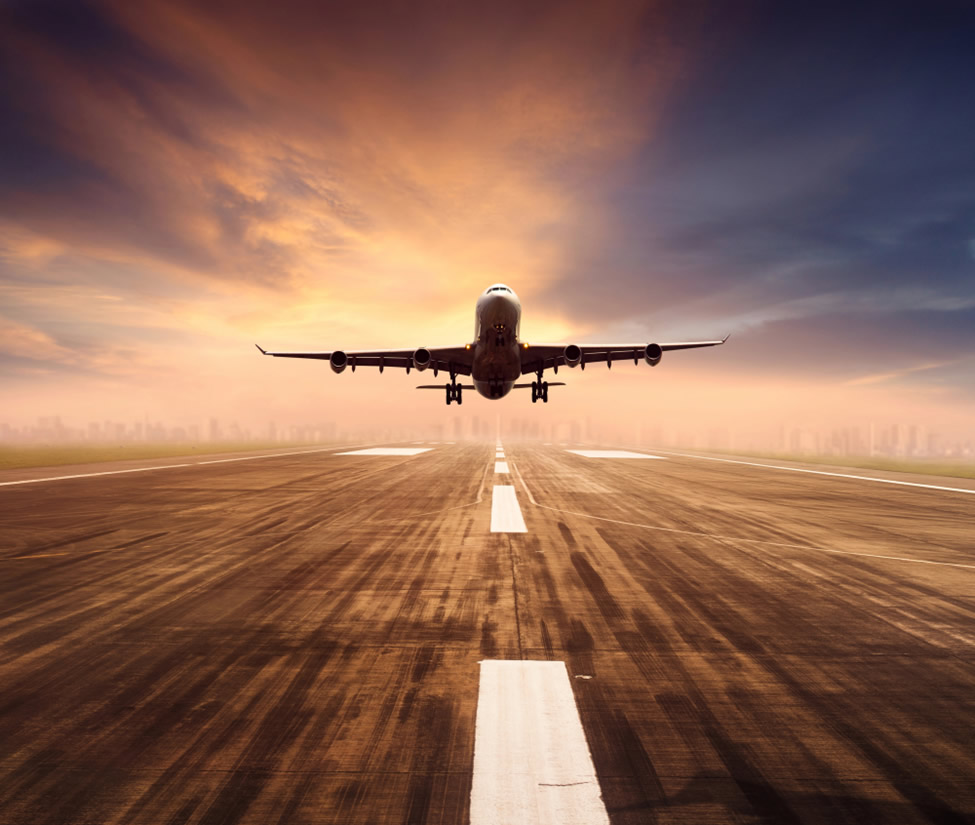Which Commercial Airplanes are the Fastest?
Modern technology has made it easier than ever to travel the globe. If you are going to another country, you can sit in a comfy seat, eat a hot meal, take a nap, and even enjoy WiFi for entertainment in the sky! As aviation technology continues to improve, the flights are becoming more comfortable and the travel times are getting faster.
Today, we will examine an overview of the fastest commercial airplanes and how they are changing air travel.
Fastest Commercial Aircraft
The Supersonic Era (in the late 20th century) brought the development of the Concorde and Tu-144, which could reach speeds of Mach 2.04. The Concorde was a joint venture between France and Britain, and was impressive because the cruising speed was twice the speed of sound! This aircraft could take passengers from New York to London in less than 3.5 hours.
This cutting-edge technology was impressive, and passengers loved the luxurious cabins. But airlines eventually retired these aircraft because of the limited routes, environmental concerns, and high operating costs.
Now, the most common modern marvels include the Boeing 747-8i (the current fastest commercial passenger airplane), Boeing 777, and the Airbus A380. These planes all offer plenty of space for passengers, while also maintaining impressive speed despite their massive sizes.
Technological Advancements in Commercial Aircraft
How can these massive airplanes move passengers from one place to another so quickly? The many advances in the industry that have improved both safety and efficiency, such as:
- Engine Technology: These jet engines use technology such as turboprops and turbofans, which are much more powerful and efficient compared to airplane engines in the past. Many innovations have been brought into the market to improve materials, combustion processes, and cooling systems – which can increase thrust while also reducing fuel consumption at the same time. As a result, the airplanes can reach higher speeds and stay in the air for longer trips.
- Aerodynamics: The design of the airplane matters to improve airflow and reduce drag. These airplanes are designed with sleeker fuselages and better wing design. One modern technology is the “laminar flow control,” which allows the flight to be faster and more fuel efficient.
- Lightweight Materials: Airplanes need materials that are highly durable and still lightweight at the same time. Examples of modern materials include carbon fiber-reinforced polymers instead of the use of heavier metals. By decreasing the weight of the plane, it allows less fuel to be used and the aircraft can reach higher speeds.
It’s incredible to see how much airplanes have improved over the years. And it’s exciting to think about the possibilities for continued improvements in the future!
– Written by Becki Andrus
